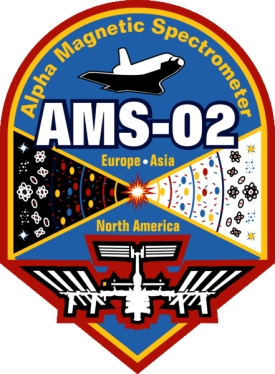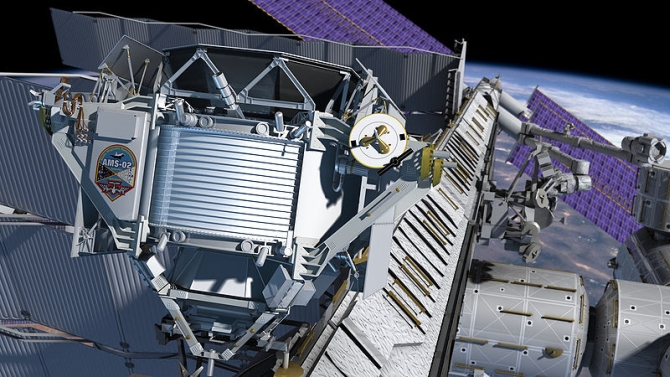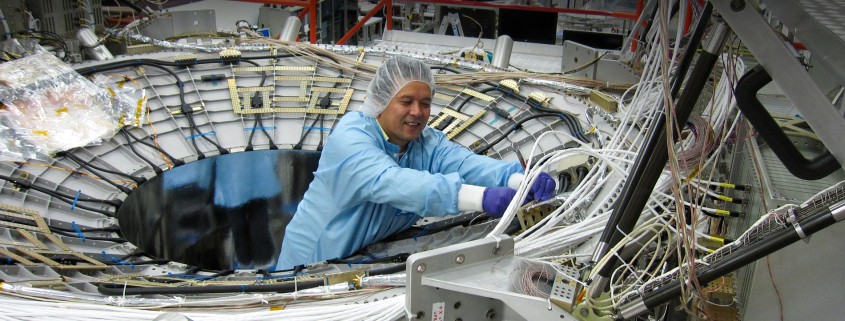 The launch of Space Shuttle Endeavour carrying the Alpha Magnetic Spectrometer (AMS) took place in May 2011. Astronauts then installed this anti-matter detection system on board the International Space Station (ISS). The error-free operation of the spectrometer during those two years is thanks in part to the so-called Tracker Thermal Control System (TTCS), an advanced cooling system developed by the National Aerospace Laboratory of the Netherlands (NLR). The TTCS system is just one example of NLR’s multidisciplinary expertise in the field of aerospace, gained through extensive fundamental and applied research.
The launch of Space Shuttle Endeavour carrying the Alpha Magnetic Spectrometer (AMS) took place in May 2011. Astronauts then installed this anti-matter detection system on board the International Space Station (ISS). The error-free operation of the spectrometer during those two years is thanks in part to the so-called Tracker Thermal Control System (TTCS), an advanced cooling system developed by the National Aerospace Laboratory of the Netherlands (NLR). The TTCS system is just one example of NLR’s multidisciplinary expertise in the field of aerospace, gained through extensive fundamental and applied research.
The Alpha Magnetic Spectrometer is the brainchild of American Nobel Prize winner Samuel Ting and operates according to a relatively simple principle. A magnet attracts or repels charged particles originating in the depths of space. Inside the magnet are silicon trackers equipped with highly sensitive electronics to measure deflections in the particle trajectories. The extent and direction of deflection can be established with great accuracy based on the charged particles’ impact locations on the silicon trackers. These data can then be used to determine if the detected particles are anti-matter particles.
Based on this relatively straightforward operating principle, a highly complex sensor system has been developed. This complexity is partly due to the fact that the physical properties of the silicon trackers must be carefully fine-tuned to achieve maximum detection accuracy. This is no easy task, as these characteristics are strongly influenced by the outside temperature, which fluctuates as the space station moves into and out of the earth’s shadow. Moreover, the resulting exposure to heat and cold is difficult to predict as the ISS occasionally needs to evade space debris or interrupt the orbital routine for crew and cargo transfers.
But the sun is not the only source of heat affecting the spectrometer. Heat is also generated by the electronics and other peripheral equipment around the AMS. Working together with the Dutch National Institute for Subatomic Physics (NIKHEF), NLR therefore developed a system that ‘dumps’ the excess heat into space using two radiators. Carbon dioxide was selected as the heat transfer medium, since CO2 occupies only a slightly greater volume in its vapour state than in its liquid state. This small difference in volume makes it possible to use thin metal pipes, which is efficient in view of the strict size limitations that apply to equipment designed for use in space. The cooling system has maintained the detection system at a stable temperature for over two years, with a variation of just 0.2 degrees Celsius, whereas the ambient temperature can fluctuate by as much as 40 degrees Celsius within one hour.
The spectrometer and the cooling system are both the result of international collaboration with American, Chinese, Taiwanese and Italian companies and knowledge institutes. The Alpha Magnetic Spectrometer and the Tracker Thermal Control System are expected to remain in use for at least ten years following their installation in May 2011.
NLR has played a leading role in Dutch aerospace research for decades.
Also visit our Thermal Control capability page.

The Alpha Magnetic Spectrometer on the ISS



